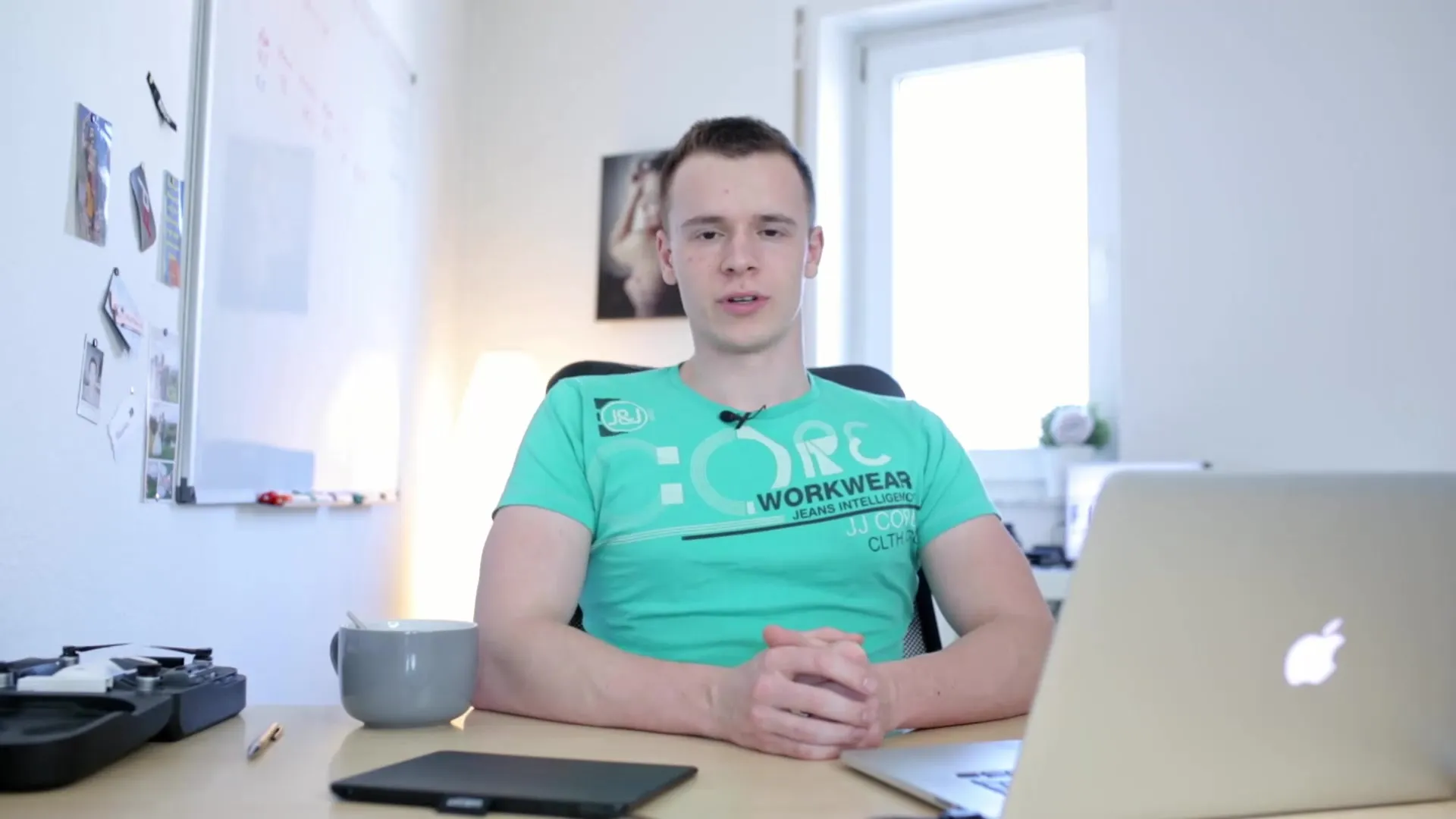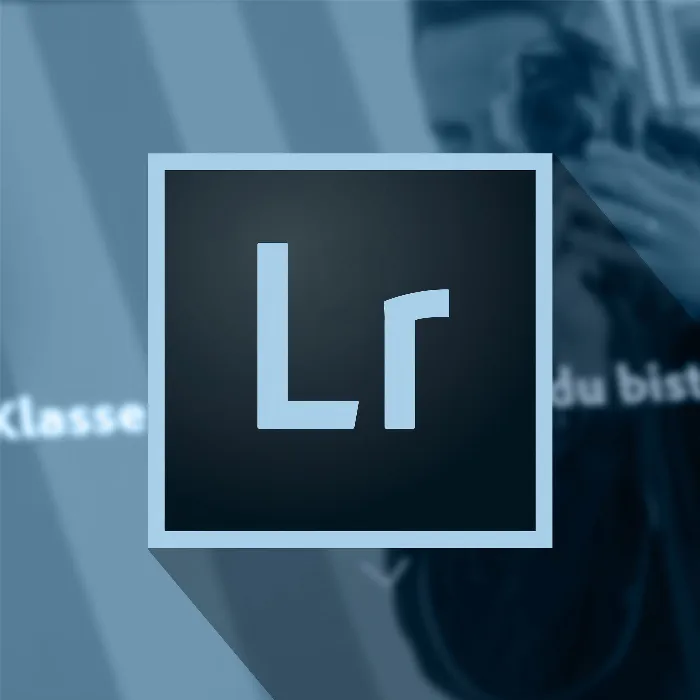Editing photos involves much more than just choosing the right resolution. An essential but often overlooked aspect is the bit depth. In this tutorial, we want to clarify which bit depth is best suited for your shots and how you can get the most out of your images. We will take a look at the different bit depths, their impact on image quality, and when to use which bit depth.
Key Takeaways There are three common bit depths: 8-bit, 16-bit, and 32-bit.
- Choosing the bit depth depends on the source material, the use of the image, and the applied filters.
- With 8-bit, each color channel has 256 possibilities, while 16-bit offers a total of 65,536 possibilities per color channel.
- 32-bit is mostly used for HDR images and allows for 4.29 billion colors.
- In many cases, it is advisable to edit in 16-bit, but the final product is often converted to 8-bit.
Step-by-Step Guide
1. Understanding Bit Depth
It is important to understand the basics of bit depth. The bit depth determines the number of colors that can be represented in an image. With 8 bits per channel, you have 256 color variations - amounting to a total of 16.7 million colors. However, this is often insufficient for modern editing processes.

2. Benefits of 16 Bit
Working with 16 bits provides you with 65,536 possibilities per color channel. This means you have much more freedom when editing your images. These differences are particularly noticeable in the bright and dark areas of the image.
3. RAW Images and Their Advantages
When shooting in RAW, you typically have access to 10, 12, or even 14 bits per channel. If you import this RAW file into Photoshop and reduce it to 8 bits, you lose many color variations, which can affect the image quality.
4. Utilizing the RAW Converter
The RAW Converter is an excellent tool to edit your images in full color depth. When working with a RAW file, you should first edit it in the converter and then open it in Photoshop. This way, you can exploit the maximum potential of the bit depth of the RAW image.
5. Converting from 16 Bit to 8 Bit
A practical approach is to start the image editing in 16 bits, but usually convert it back to 8 bits when exporting. Many filters in Photoshop only work in 8 bits, so it may be wise to consider this step.
6. Consider Platform Requirements
Keep in mind that most social media platforms convert images to 8 bits. This means that it is often unnecessary to edit images in 16 bits if they will ultimately be displayed in 8 bits.
7. Working with 32 Bit
32-bit offers even more colors and is frequently used for HDR images. This bit depth allows for representing an extreme dynamic range. However, you must ensure you are working with photos taken in 32 bits; simply upscaling an 8-bit image will not yield the desired results.
8. Conclusion on Bit Depth
If you are unsure about which bit depth to work with, it is wise to start with a RAW converter and then continue your editing in 8 bits. This method is sufficient for most image editing projects.
Summary
In this tutorial, you have learned why bit depth is crucial for image editing. Switching between 8 bits, 16 bits, and 32 bits must be approached strategically to ensure the best quality for your images.
Frequently Asked Questions
How many colors does 8 bits allow for?8 bits allows 256 colors per color channel, totaling 16.7 million colors.
When should I use 16 bits?Use 16 bits when you need color depth and want more control over color variations.
Are there limitations to using 32 bits?Yes, you must ensure that your source material is also in 32 bits to leverage the capabilities.
Do I always have to edit the image in 16 bits in Photoshop?Not necessarily. In many cases, working in 8 bits is sufficient, especially if you are exporting the image for social media afterward.
How does the platform affect bit depth?Most platforms convert uploaded images to 8 bits, meaning it is often unnecessary to edit in 16 bits.


